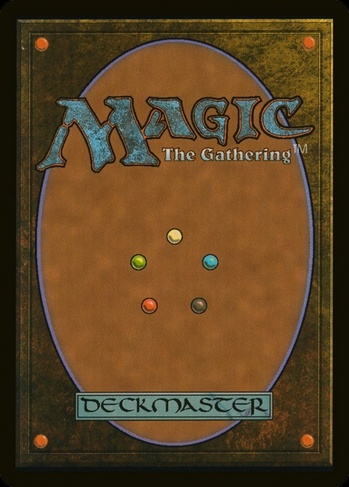Unlock the potential of your card collection.
Create an account to start managing your cards and decks.
Already have an account? Log in
RULINGS
2025-06-06
If you are instructed to put a card that isn't a double-faced card onto the battlefield transformed, it will not enter at all. In that case, it stays in the zone it was previously in. For example, if a single-faced card is a copy of Crystal Fragments, it will be exiled during the resolution of its second ability and remain in exile.
2025-06-06
The mana value of a transforming double-faced card is the mana value of its front face, no matter which face is up.
2025-06-06
A transforming double-faced card enters the battlefield with its front face up by default, unless a spell or ability instructs you to put it onto the battlefield transformed or you cast it transformed, in which case it enters with its back face up.
2025-06-06
Each face of a transforming double-faced card has its own set of characteristics: name, types, subtypes, abilities, and so on. While a transforming double-faced permanent is on the battlefield, consider only the characteristics of the face that's currently up. The other set of characteristics is ignored.
2025-06-06
A transforming double-faced card enters with its front face up by default, unless a spell or ability instructs you to put it onto the battlefield transformed or allows you to cast it transformed, in which case it enters with its back face up.
2025-06-06
Use the creature's power as it last existed on the battlefield to determine how many +1/+1 counters to put on Vincent Valentine.
2025-06-06
A token that is created as a copy of a transforming permanent or a transforming double-faced card in another zone is a transforming token. It will have both the front face and back face of whatever object it's copying. If it's copying a transforming permanent whose back face is up, the token will enter with its back face up. It can transform if instructed to do so.
2025-06-06
Each transforming double-faced card in this release is cast face up. In every zone other than the battlefield, consider only the characteristics of its front face. If it is on the battlefield, consider only the characteristics of the face that's up; the other face's characteristics are ignored.
2025-06-06
In the Commander variant, a double-faced card's color identity is determined by the mana costs and mana symbols in the rules text of both faces combined. If either face has a color indicator or basic land type, those are also considered. For example, Cecil, Dark Knight's color identity is black and white, since its front face is black and its back face has a white color indicator.
2025-06-06
The back face of a transforming double-faced card usually has a color indicator that defines its color.
